Cricket bats are more than just tools for playing the game; they are symbols of tradition, innovation, and cultural significance. As the sport of cricket continues to grow globally, the demand for high-quality cricket bats is on the rise. This article delves into the market overview, highlighting global demand, key markets, and the impact of cultural influences on cricket bat preferences.
Table of Contents:
Market Overview
The Evolution of Cricket Bat Design
Materials and Craftsmanship
Size, Fit, and Comfort
Durability and Weather Resistance
Market Overview
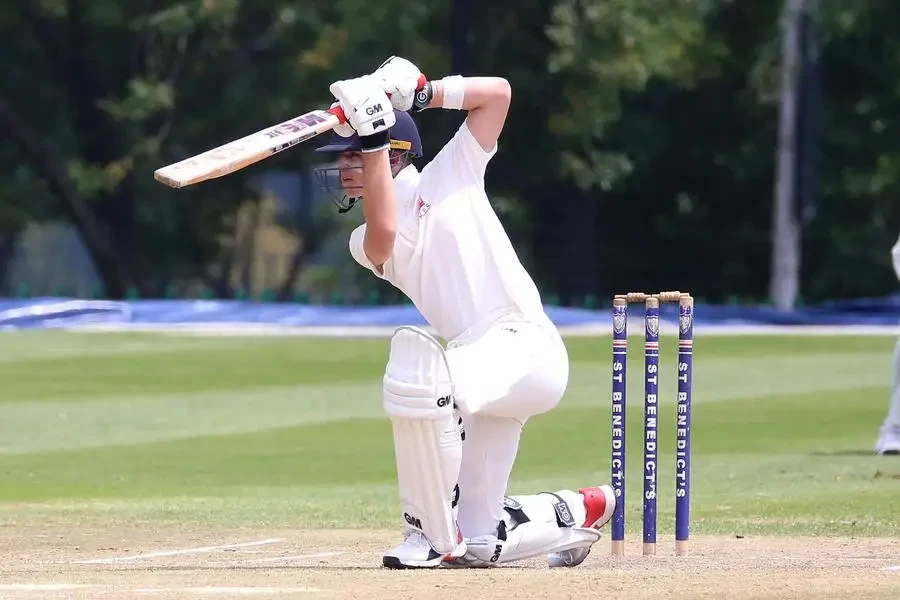
Global Demand for Cricket Bats
The global cricket bat market is experiencing significant growth, driven by the sport’s increasing popularity worldwide. According to Statista, the revenue in the cricket market is projected to reach $3.71 billion by 2024, with an annual growth rate (CAGR 2024-2029) of 2.56%, resulting in a projected market volume of $4.21 billion by 2029. This growth is fueled by the rising number of cricket enthusiasts and the sport’s expanding reach into new regions.
Key Markets and Emerging Trends
India stands out as the largest market for cricket bats, generating an estimated revenue of $2.275 billion in 2024. The country’s deep-rooted love for cricket, combined with its large population, makes it a dominant player in the global market. Other significant markets include Australia, the United Kingdom, and South Africa, each with their own unique cricketing cultures and preferences.
In Australia, the cricket market is projected to reach $339.60 million in 2024, with a CAGR of 2.71% from 2024 to 2029. The United Kingdom, despite experiencing a slower growth rate, remains a key market with a projected revenue of $0.83 billion in 2024. The United States, although a relatively new market for cricket, is showing promising growth, driven by the increasing popularity of the sport among diverse communities.
Impact of Cultural Influence on Cricket Bat Preferences
Cultural influences play a significant role in shaping cricket bat preferences. In India, for example, the sport is not just a game but a part of the national identity. This cultural significance drives the demand for high-quality, traditionally crafted bats. In contrast, markets like the United States and Canada, where cricket is still gaining traction, show a preference for modern, innovative designs that cater to the younger, tech-savvy generation.
The rise of social media and digital platforms has also influenced cricket bat preferences. Fans and players alike are now more informed and have access to a wider range of products, leading to a demand for bats that offer both performance and aesthetic appeal. This shift towards a more technology-driven cricket experience is evident in the increasing use of advanced analytics and data-driven solutions to enhance player performance and fan engagement.
The Evolution of Cricket Bat Design
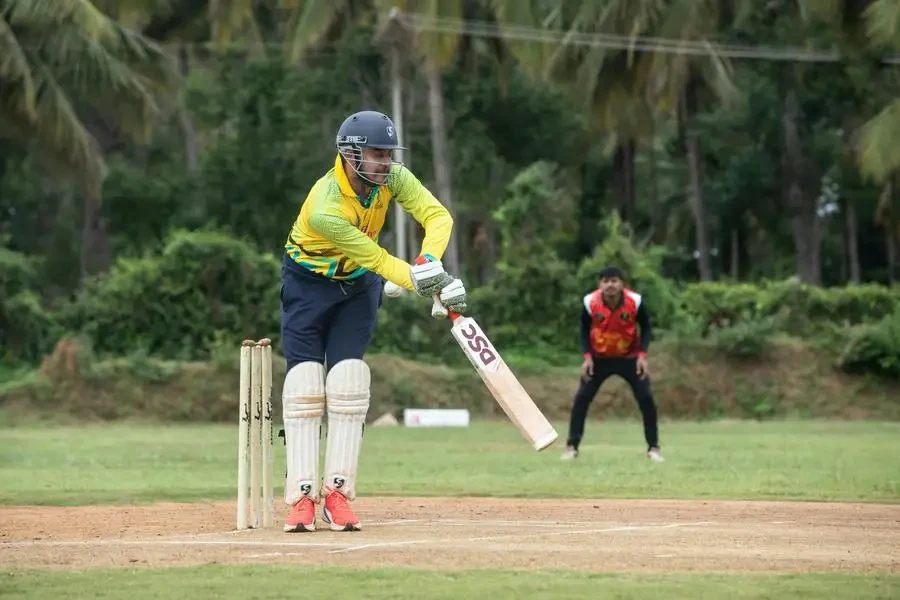
Traditional vs. Modern Designs
Cricket bats have undergone significant transformations over the years, evolving from simple, rudimentary tools to highly sophisticated sporting equipment. Traditional cricket bats were typically made from a single piece of willow wood, with a relatively straight blade and a thin handle. These bats were heavier and less maneuverable, making it challenging for players to execute a wide range of shots.
In contrast, modern cricket bats are designed with advanced technology and materials, offering enhanced performance and comfort. The contemporary designs feature a more pronounced curve, known as the “sweet spot,” which allows for greater power and control. The handles are often made from a combination of cane and rubber, providing better grip and shock absorption. This evolution in design has enabled players to achieve higher levels of precision and power in their gameplay.
Influence of Technological Advancements
Technological advancements have played a crucial role in the evolution of cricket bat design. Innovations in material science have led to the development of lighter and stronger bats. For instance, the introduction of carbon fiber and other composite materials has significantly reduced the weight of the bats while maintaining their structural integrity. This has allowed players to swing the bat faster and generate more power.
Moreover, modern manufacturing techniques, such as computer-aided design (CAD) and 3D printing, have enabled manufacturers to create bats with precise specifications tailored to individual players’ needs. These technologies have also facilitated the production of bats with improved aerodynamics, enhancing their overall performance.
Customization Options for Professional Players
Customization has become a key aspect of cricket bat design, particularly for professional players. Many manufacturers offer bespoke services, allowing players to choose the exact specifications of their bats, including the weight, balance, and handle design. This level of customization ensures that the bat perfectly suits the player’s style and preferences, providing a competitive edge on the field.
Professional players often work closely with bat makers to fine-tune their equipment, experimenting with different shapes and materials to achieve the optimal performance. This collaborative approach has led to the creation of some of the most advanced and high-performing cricket bats in the sport’s history.
Materials and Craftsmanship
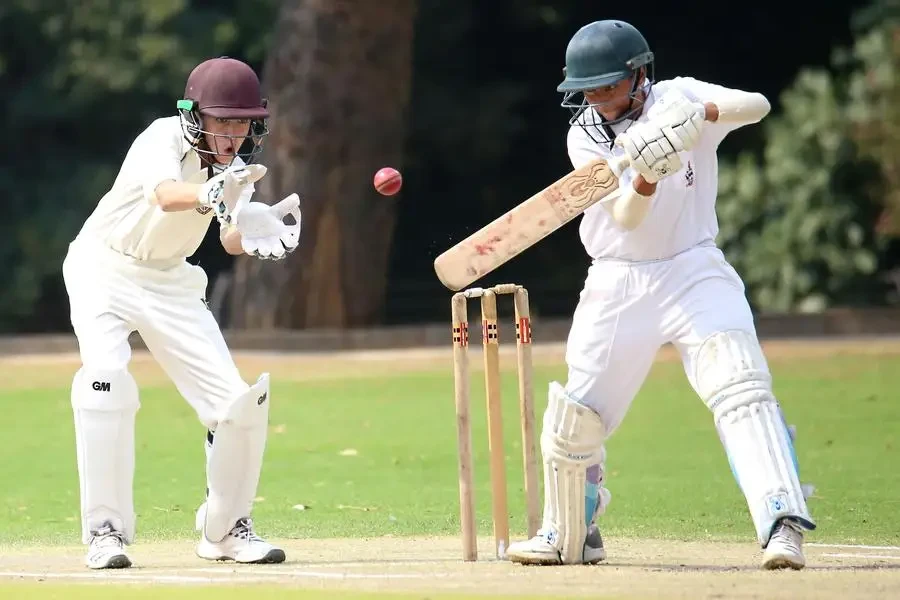
Popular Materials Used in Cricket Bats
Willow wood remains the most popular material for cricket bats, with English willow being the preferred choice for professional players due to its superior performance characteristics. English willow is known for its lightweight, strength, and ability to produce a high-quality “ping” sound when striking the ball. Kashmir willow is another commonly used material, particularly for entry-level and amateur bats, as it is more affordable but slightly heavier and less responsive than English willow.
The Role of Craftsmanship in Quality and Performance
The craftsmanship involved in making a cricket bat is a critical factor in determining its quality and performance. Skilled bat makers, often referred to as “bat makers” or “pod shavers,” meticulously handcraft each bat, paying close attention to the grain structure, weight distribution, and balance. The process involves several stages, including selecting the right piece of wood, shaping the blade, fitting the handle, and applying the finishing touches.
A well-crafted bat not only enhances the player’s performance but also ensures durability and longevity. The expertise and experience of the bat maker play a significant role in achieving the perfect balance between power and control.
Innovations in Material Technology
Recent innovations in material technology have further enhanced the performance of cricket bats. For example, the use of carbon fiber reinforcements in the handle and blade has improved the bat’s strength and flexibility. This allows players to generate more power while maintaining control over their shots.
Additionally, advancements in adhesive technology have led to the development of stronger and more durable bonds between the different components of the bat. This has resulted in bats that can withstand the rigors of modern cricket, including high-speed deliveries and powerful shots.
Size, Fit, and Comfort
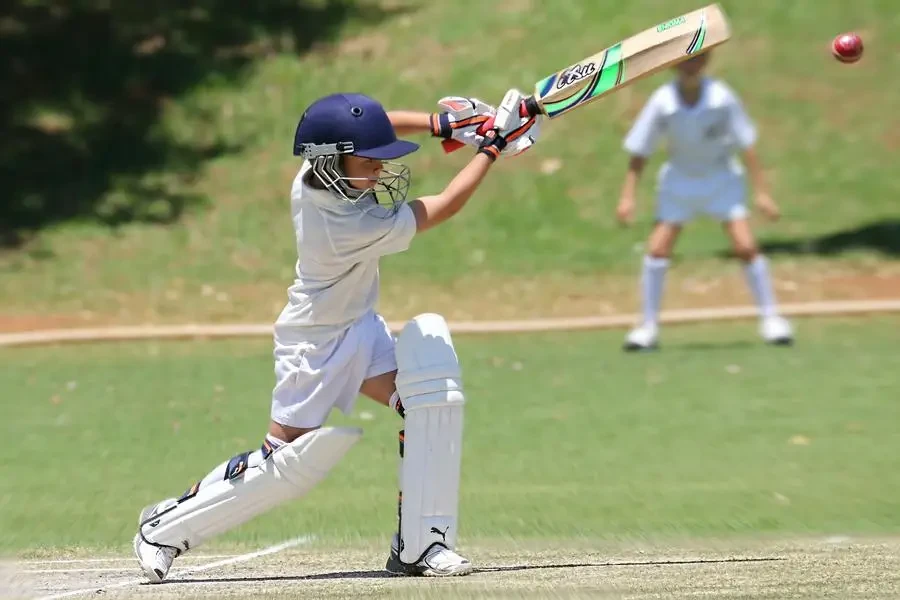
Importance of Choosing the Right Size
Choosing the right size of a cricket bat is crucial for a player’s performance and comfort. A bat that is too heavy or too light can affect the player’s ability to play shots effectively. The size of the bat should be proportional to the player’s height and strength, allowing for a comfortable grip and easy maneuverability.
Ergonomic Designs for Enhanced Comfort
Ergonomic designs have become increasingly important in cricket bat manufacturing. Modern bats are designed with contoured handles and grips that fit comfortably in the player’s hands, reducing fatigue and improving control. The use of soft, shock-absorbing materials in the handle further enhances comfort, allowing players to maintain a firm grip even during long innings.
Durability and Weather Resistance
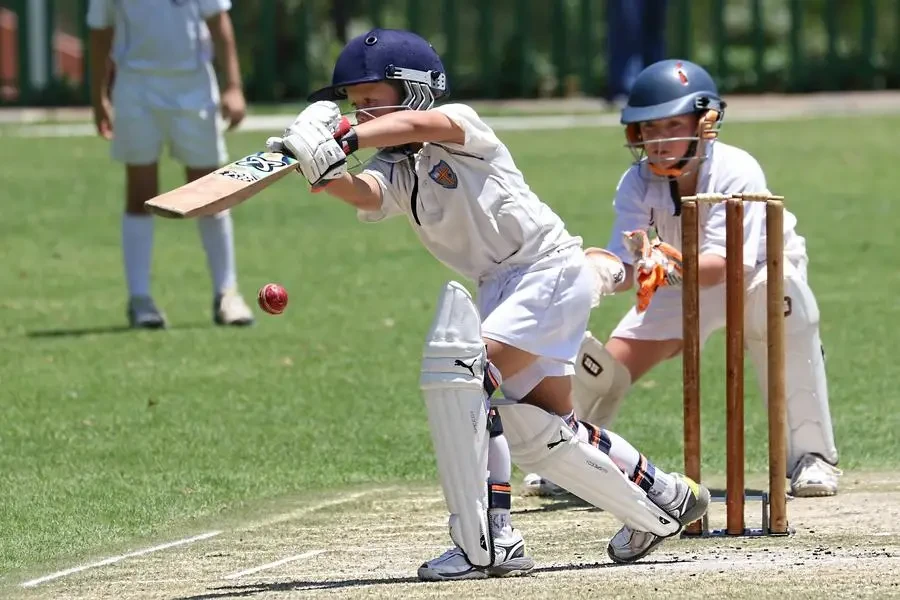
Weather Resistance Features
Weather resistance is an important consideration for cricket bats, as exposure to moisture and extreme temperatures can damage the wood and affect the bat’s performance. Many modern bats are treated with special coatings and finishes that provide a protective barrier against moisture and UV rays. These treatments help to preserve the bat’s structural integrity and extend its lifespan.
Maintenance Tips for Prolonging Bat Life
Proper maintenance is essential for prolonging the life of a cricket bat. Players should regularly oil their bats with raw linseed oil to keep the wood hydrated and prevent it from drying out and cracking. It is also important to store the bat in a cool, dry place and avoid exposing it to extreme temperatures or moisture.
Additionally, players should inspect their bats regularly for signs of damage, such as cracks or splits, and address any issues promptly to prevent further deterioration. Using protective covers and toe guards can also help to protect the bat from wear and tear during play.
Conclusion
The evolution of cricket bat design, driven by technological advancements and innovative materials, has significantly enhanced the performance and comfort of modern bats. Customization options and ergonomic designs have further tailored these bats to meet the specific needs of professional players. As the sport continues to evolve, we can expect to see even more advancements in cricket bat technology, offering players the tools they need to excel on the field. The future of cricket bat design promises to be exciting, with ongoing innovations aimed at pushing the boundaries of performance and durability.




